Although the United States took a series of unjustifiable measures last year to curb the development of the Xinjiang Uygur autonomous region to restrain China's growth, the region's GDP in 2021 saw healthy growth of 7 percent year-on-year.
And as the US and other Western anti-China forces are expected to step up their efforts to target the region, Xinjiang will face more challenges in 2022, said Arkin Tuniyaz, acting chairman of the regional government.
Other challenges include the COVID-19 pandemic, economic issues such as a contraction in demand, the grave anti-terrorism situation and the threats from extremists, separatists and terrorists, he said while delivering a government work report during the fifth session of the region's 13th People's Congress, which started on Sunday.
For the first time, "the slanderous claims" of US and other Western anti-China forces and their punitive measures have been listed as obstacles that the region must deal with.
Last year, Xinjiang was the target of a series of such measures by Western anti-China forces, especially the US, which banned cotton and tomato products from the region over alleged human rights violations including "forced labor" and "genocide". Later, businesses in the region's rising photovoltaic industry were sanctioned by the US amid "forced labor" claims.
Although the Chinese government and local businesses and farmers have repeatedly denied such accusations, a law was passed in the US in December banning all businesses in the nation from sourcing goods manufactured in Xinjiang over claimed "human rights abuses".
Despite these measures, Xinjiang produced 5.13 million metric tons of cotton in 2021, which accounted for 89.5 percent of China's total. In addition, 469,400 tons of photovoltaic materials were produced in the region, an increase of 30.9 percent year-on-year, the work report said.
Furthermore, Xinjiang is determined to make its promising industries even stronger.
"In 2022, Xinjiang will further develop labor-intensive industries to create more job opportunities. We will also step up efforts to boost the cotton and textiles industries while accelerating the process of building a national-level cotton yarn trade center," Arkin said.
Also, the region will support photovoltaic businesses in extending their industrial chains, he added.
After successfully curbing the spread of religious extremism and terrorism, Xinjiang is now able to focus more on economic development. The region has set its GDP growth target for 2022 at around 6 percent year-on-year.
"Xinjiang needs to better balance epidemic control measures and economic development. The region, which hasn't witnessed a single terrorist incident for the past five years, is now in the best era for economic development and improving people's livelihoods," Sharhet Ahan, a member of the standing committee of the regional People's Congress, said on Monday.
But measures to maintain social stability in accordance with the law will always be in place because stability is the strongest support for Xinjiang's social and economic development, Arkin said.




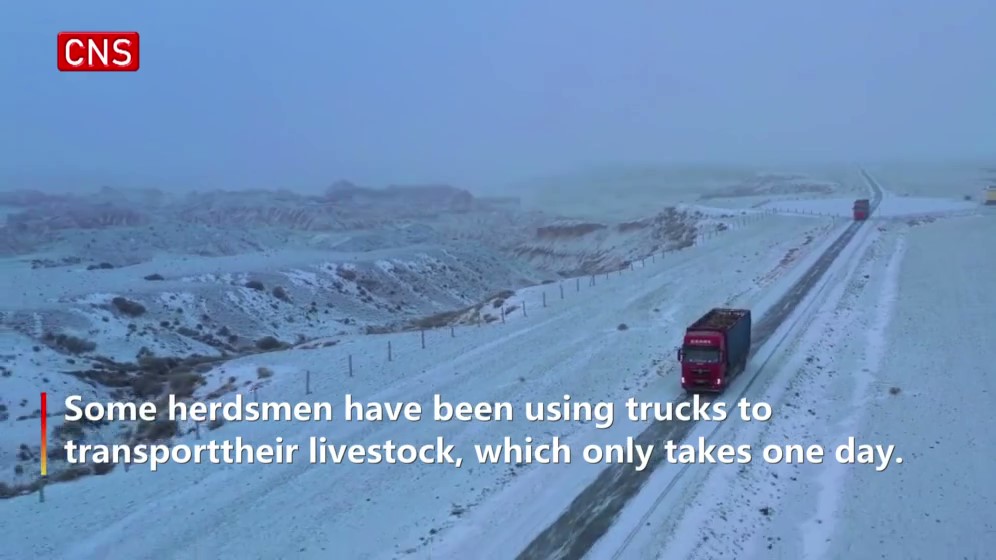




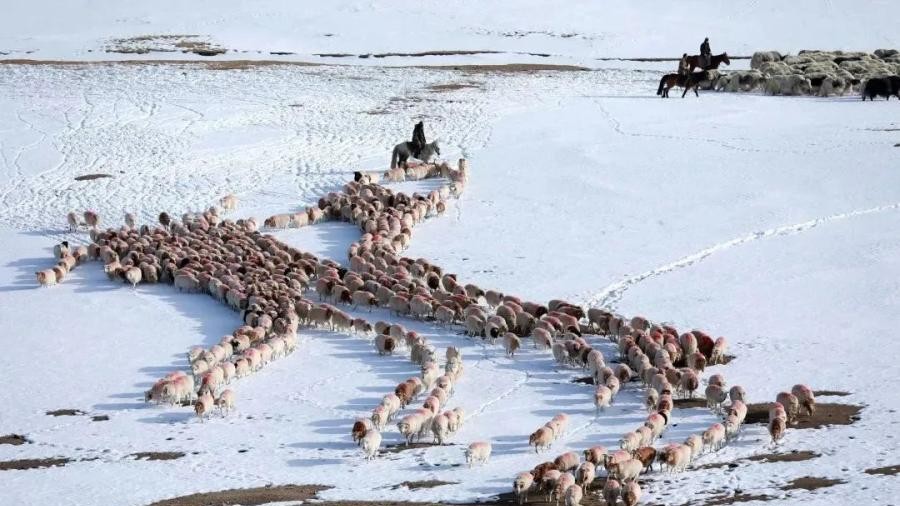


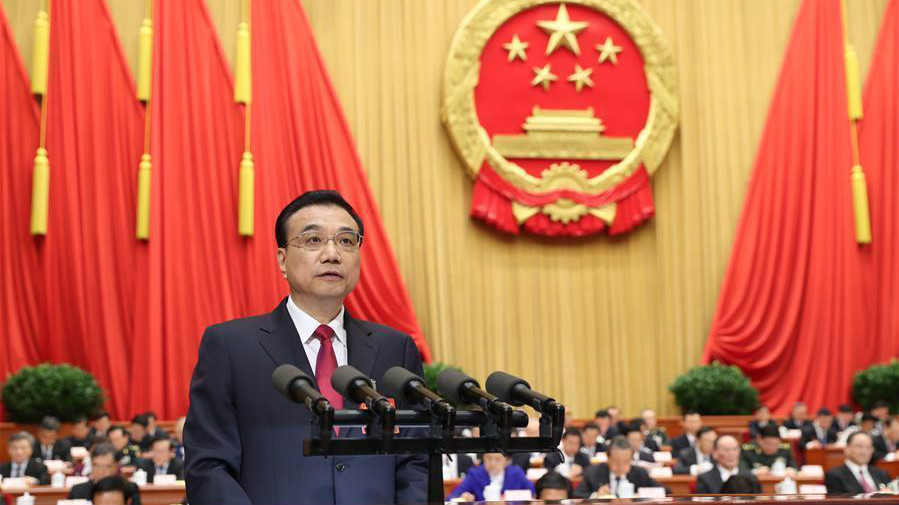

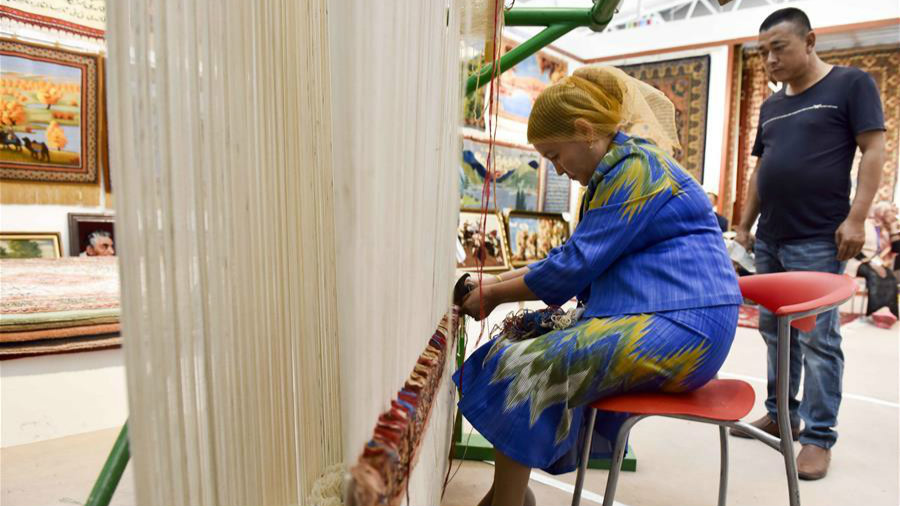
.jpg)
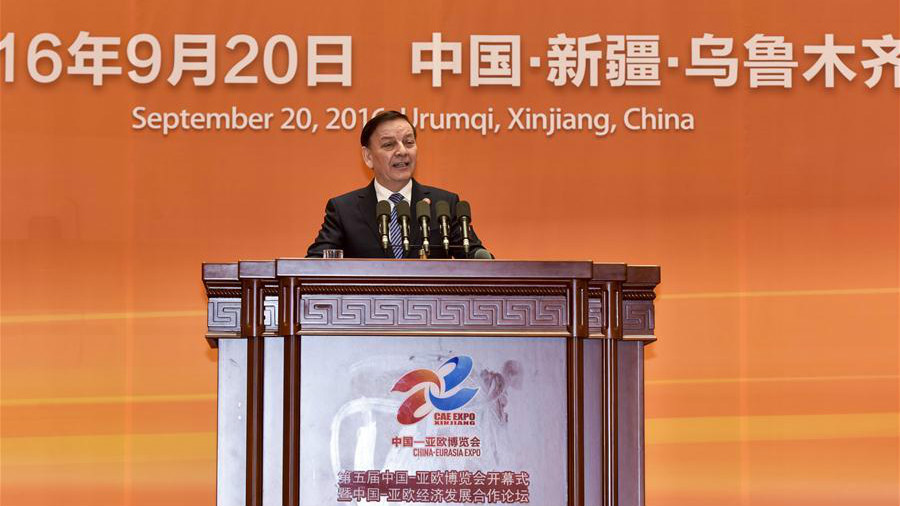
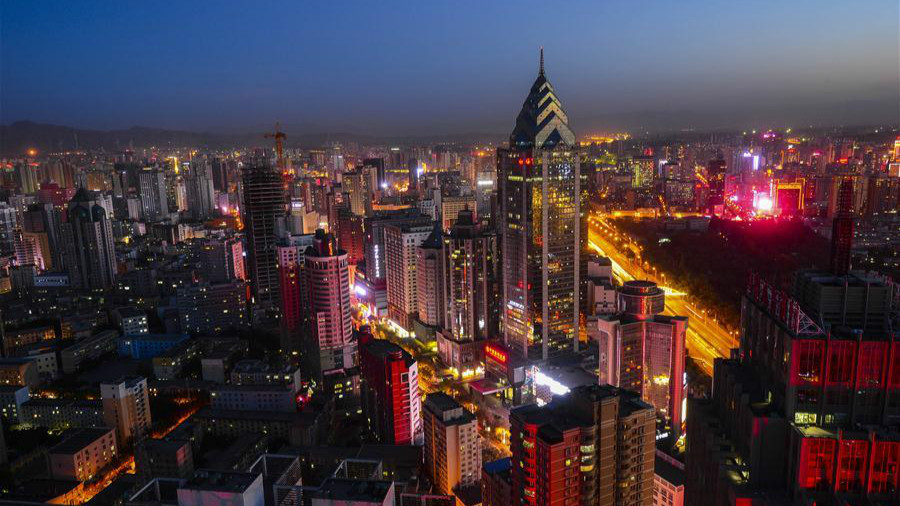
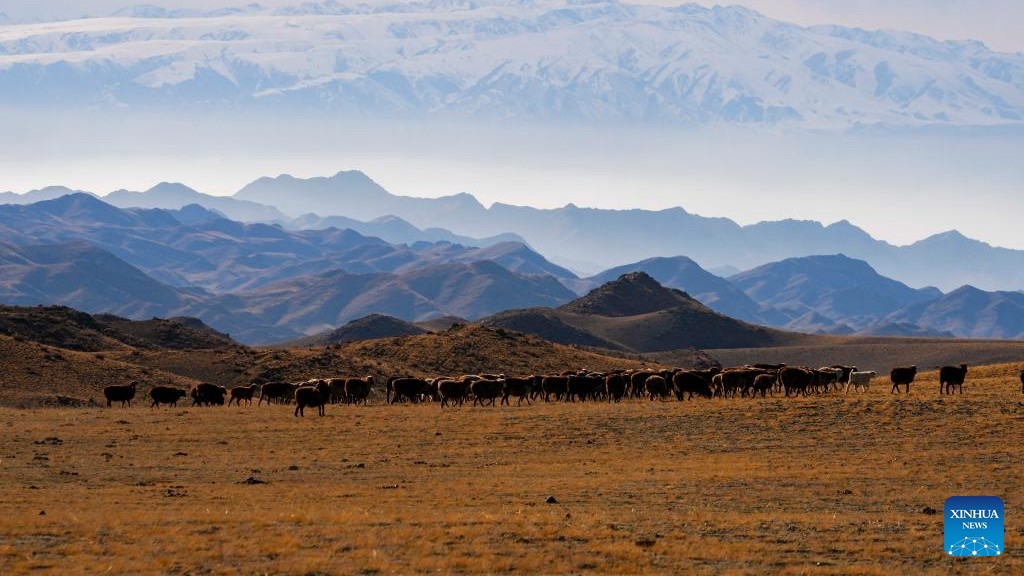
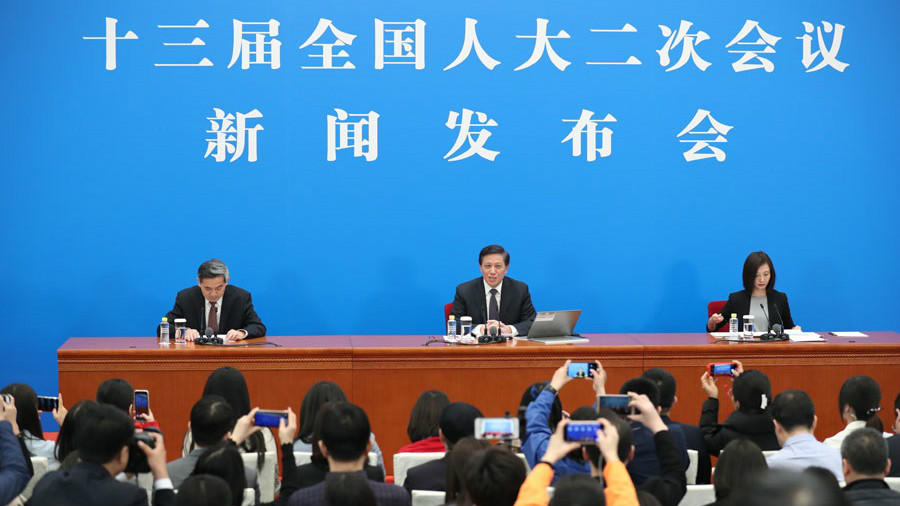


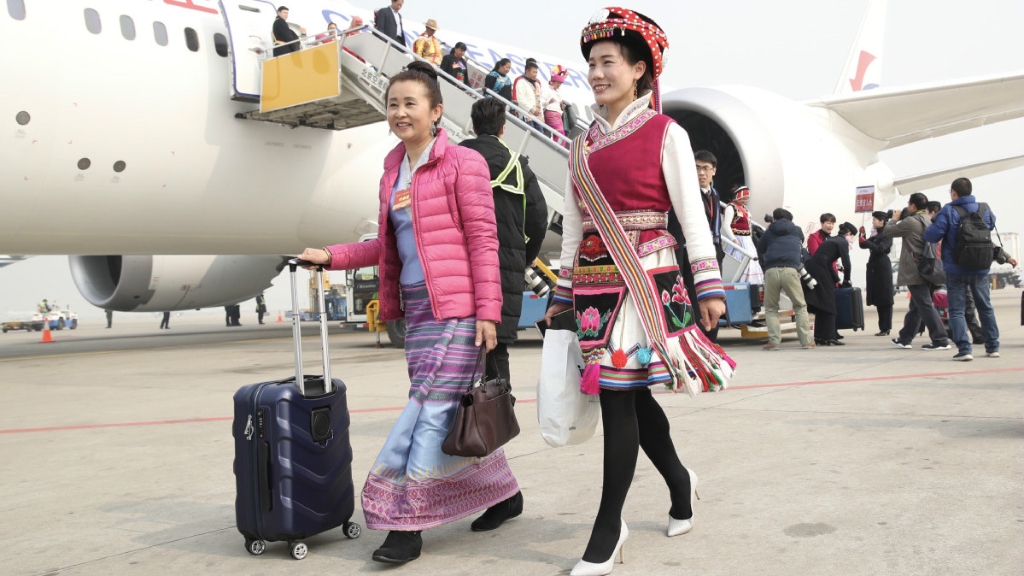

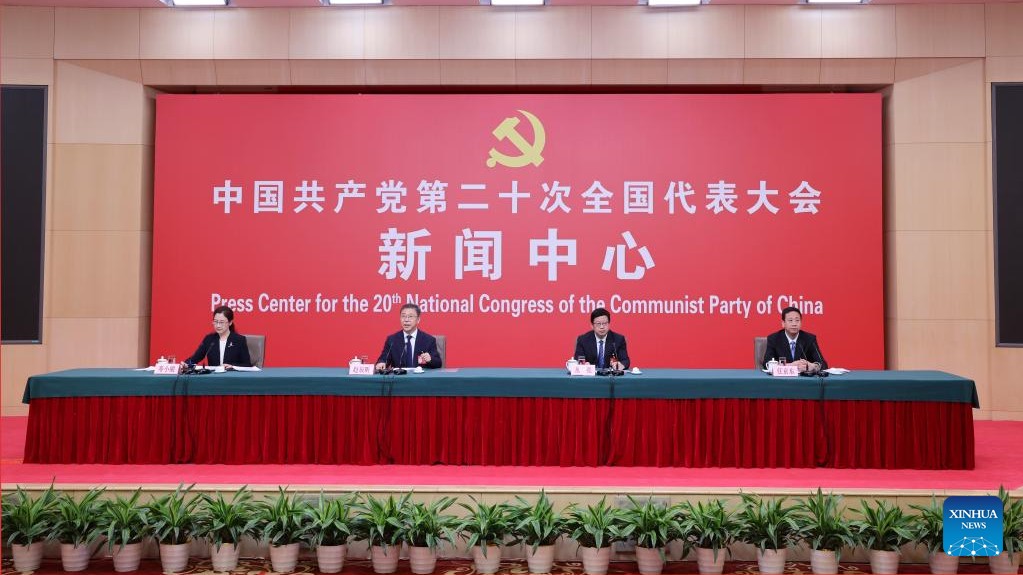
.jpg)


